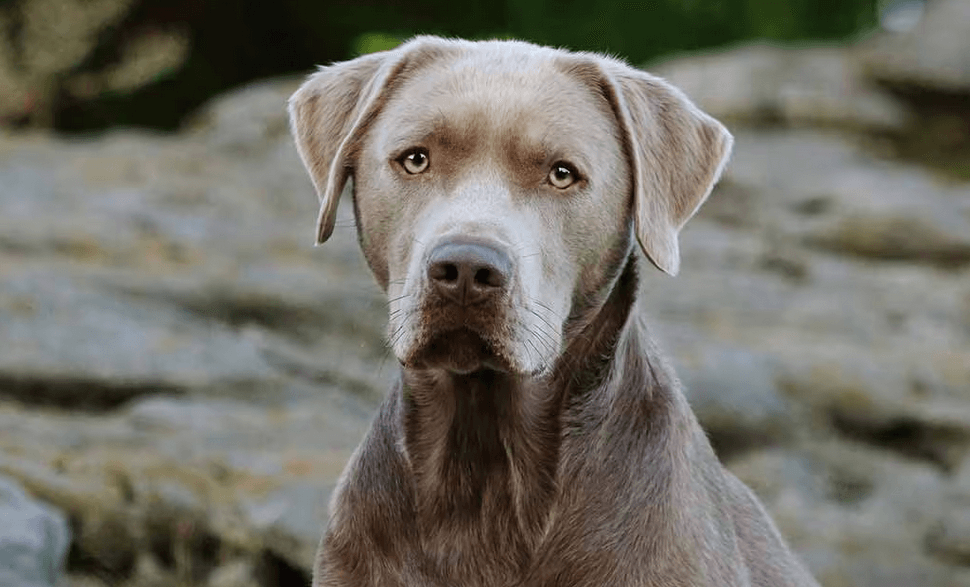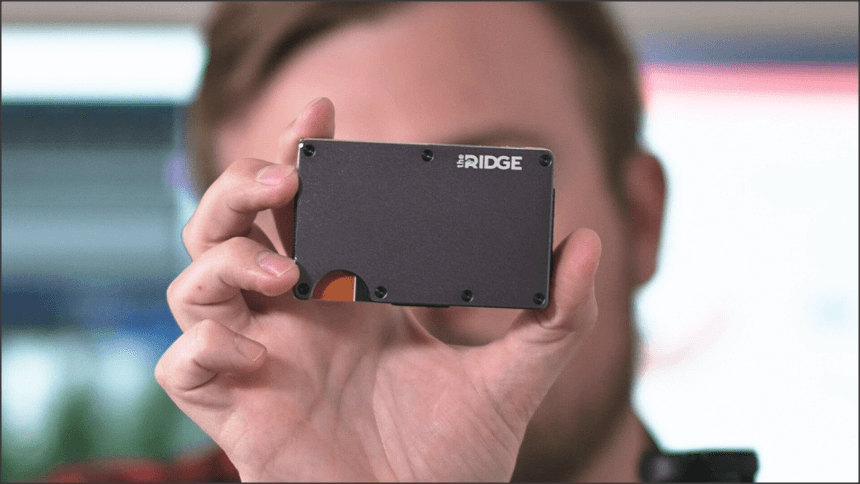📑Table of Contents:
Silver Labradors are a striking and unique variant of the beloved Labrador Retriever. With their shiny, silver-gray coat, they stand out in a crowd of traditional yellow, black, and chocolate Labs. However, their unusual color has sparked debate and curiosity among dog lovers and breeders alike. Are they truly a distinct breed, or just a controversial variation of the classic Labrador?
So, we will explore everything you need to know about Silver Labradors—their history, genetics, appearance, and what makes them such a special choice for dog owners.

What is a Silver Labrador?
A Silver Labrador is a Labrador Retriever with a unique coat color that ranges from pale silver to deep charcoal gray. This distinct coloring has made them popular among dog enthusiasts who appreciate their rarity and beauty. However, the color also raises questions about their origins and whether they are purebred Labradors.
- Color Variety: Silver Labradors are considered a variant of the Chocolate Labrador, with the silver hue resulting from a dilution gene that lightens the chocolate coat to silver. This dilution gene is known as the “d” gene.
- Registry and Recognition: While Silver Labradors are recognized by some kennel clubs, such as the American Kennel Club (AKC), as Chocolate Labradors, not all organizations agree. This has led to controversy within the Labrador community.
The Genetics Behind the Silver Coat
To understand the Silver Labrador, we must first explore the genetics behind their unique coat color. The silver hue comes from a dilution gene that affects the pigmentation of the dog’s coat.
1. The Dilution Gene: How It Works
The “d” gene, or dilution gene, is responsible for the silver color in Labradors. This gene modifies the base coat color of the dog by diluting it, making the chocolate coat appear silver or gray.
- Double Recessive Gene: The silver color appears only when a dog inherits two copies of the dilution gene—one from each parent. Without these two recessive genes, the dog’s coat will not display the diluted silver color.
- Relation to Other Colors: The same dilution gene that causes a Chocolate Labrador’s coat to appear silver can cause a Yellow Labrador’s coat to appear champagne or a Black Labrador’s coat to look charcoal.
2. Controversy in the Breeding Community
The introduction of the silver color into the Labrador breed has sparked controversy among breeders and kennel clubs. Some believe the color came from crossbreeding Labradors with other breeds, such as Weimaraners, which also have a silver coat.
- Purebred Debate: Opponents argue that Silver Labradors are not purebred because of the possibility of crossbreeding in their ancestry. However, DNA tests have shown that Silver Labradors have no significant genetic differences from other Labradors.
- Supporters’ Stance: Supporters of the Silver Labrador argue that the color is simply a natural genetic variation within the breed. They point to historical records suggesting the existence of gray-colored Labradors as far back as the early 20th century.
Appearance: What Do Silver Labradors Look Like?
Silver Labradors have the same physical traits and characteristics as traditional Labradors, with the main difference being their coat color. Here’s what you can expect from a Silver Labrador:
1. Coat and Color
The most striking feature of the Silver Labrador is its coat, which ranges from a light silver to a deeper, charcoal gray.
- Short and Dense Fur: Like all Labradors, Silver Labradors have a short, dense double coat that is water-resistant. This coat helps them thrive in various weather conditions and is easy to maintain.
- Shimmering Silver Hue: The color can vary depending on the dog’s genetics and lighting. In the sunlight, their coat may appear to shimmer or change in hue.
2. Size and Build
Silver Labradors have the same size and build as other Labrador Retrievers. They are medium to large dogs with a strong, athletic build.
- Height and Weight: Males typically stand between 22.5 to 24.5 inches at the shoulder and weigh between 65 to 80 pounds. Females are slightly smaller, standing 21.5 to 23.5 inches and weighing 55 to 70 pounds.
- Muscular and Agile: Silver Labradors are known for their muscular build and agility, making them excellent swimmers and versatile working dogs.
3. Eyes and Nose
Like their coat, the eyes and nose of Silver Labradors can vary in color, often matching the unique silver hue of their fur.
- Eye Color: Silver Labradors often have light-colored eyes, ranging from light brown to hazel or even a striking blue when they are puppies.
- Nose Color: Their nose can be dark brown or have a lighter shade that complements their coat.
Personality and Temperament: What to Expect

Silver Labradors have the same lovable personality traits that make Labrador Retrievers one of the most popular dog breeds worldwide. They are known for being friendly, intelligent, and eager to please.
1. Friendly and Social
Silver Labradors are exceptionally friendly dogs. They love people and other animals, making them great companions for families.
- Good with Children: Their gentle nature makes them excellent pets for families with children. They are patient, tolerant, and enjoy playtime.
- Welcoming to Strangers: Unlike some breeds that are wary of strangers, Silver Labradors tend to be sociable and welcoming to new people.
2. Intelligent and Trainable
Labradors, including the silver variant, are highly intelligent dogs. They are quick learners and respond well to positive reinforcement training methods.
- Eager to Learn: Silver Labradors thrive on mental stimulation and enjoy learning new commands and tricks. Training sessions should be fun and engaging to keep their attention.
- Versatile Workers: Their intelligence and adaptability make them excellent service dogs, therapy dogs, and working dogs in various fields, such as search and rescue or detection work.
3. Active and Energetic
Silver Labradors are energetic and require regular exercise to stay happy and healthy. They enjoy a variety of activities, from running and hiking to swimming and fetching.
- Daily Exercise Needs: Aim for at least one hour of exercise each day. Activities like fetch, jogging, and swimming are great ways to keep them physically and mentally stimulated.
- Playful and Fun-Loving: They love to play and have fun, making them great companions for active individuals or families.
Caring for a Silver Labrador
Caring for a Silver Labrador involves meeting their basic needs, such as diet, exercise, grooming, and health check-ups. Here are some tips to help you provide the best care for your furry friend:
1. Diet and Nutrition
Feed your Silver Labrador a balanced diet that meets their nutritional needs. High-quality dog food, rich in protein, is essential for maintaining their muscle mass and overall health.
- Portion Control: Monitor their food intake to prevent obesity. Labradors are prone to overeating, so measure their portions and avoid too many treats.
- Hydration: Ensure they have access to fresh water at all times, especially after exercise.
2. Exercise and Mental Stimulation
Silver Labradors are energetic dogs that need plenty of exercise to stay fit and happy.
- Regular Walks and Playtime: Incorporate daily walks, play sessions, and outdoor adventures into their routine.
- Mental Challenges: Engage them with interactive toys, puzzle games, and training exercises that challenge their intelligence.
3. Grooming and Maintenance
Despite their short coat, Silver Labradors require regular grooming to keep their fur healthy and reduce shedding.
- Brushing: Brush their coat weekly to remove loose fur and prevent matting. During shedding seasons, increase brushing to twice a week.
- Bathing: Bathe them as needed, but not too frequently, as it can strip their coat of natural oils.
4. Health Check-Ups
Regular vet check-ups are crucial to monitor your Silver Labrador’s health and prevent common issues.
- Vaccinations and Preventatives: Keep up with vaccinations and preventative treatments for fleas, ticks, and heartworms.
- Screening for Common Issues: Labradors are prone to hip dysplasia and eye conditions. Regular screening can help catch these issues early.

Final Verdict!
Silver Labradors are a captivating and unique variation of the beloved Labrador Retriever. With their stunning silver coats, friendly personalities, and boundless energy, they make wonderful companions for active individuals and families. While their coat color may spark debate, their charm and lovable nature are undeniable.
If you’re considering adding a Silver Labrador to your family, be prepared for a loyal, intelligent, and fun-loving friend who will bring joy to your life for years to come.





